Saari Residence (Kone Foundation)
Durante esta residencia artística en la Saari Residence trabajé alrededor de las prácticas de la biología, la ecología de paisajes sonoros, la antropología, la bioacústica y el arte sonoro.
¿Cuál era el objetivo?
Mi objetivo era demostrar que los datos bioacústicos, las grabaciones sonoras y el arte participativo pueden ofrecer una forma de representar la multiplicidad de relaciones (y limitaciones) entre humanos y no humanos como un entramado de múltiples especies.
Logré esto mediante la ‘traducción de información’ de un dominio a otro. Busqué mostrar cómo, en términos disciplinarios, la ‘biodiversidad,’ el ‘arte público’ o la ‘bioacústica’ son intrínsecamente valiosos. Sin embargo, al combinarlos en el contexto de un paisaje biodiverso y de postconflicto en Colombia, pueden generar nuevas relaciones, conocimientos y oportunidades de desarrollo.
El principal producto de la residencia fue una serie de estrategias de arte público (textuales, sonoras y visuales) que, al mismo tiempo, revelaron perspectivas biológicas, sociales y artísticas para fomentar diálogos creativos y una apreciación de la biodiversidad.
Mis actividades se enfocaron en dos proyectos: (1) Expedición Biológica en Anorí y (2) Cucusonic.
Saari Residence (Kone Foundation)
My project at the Saari Residence was based on my work across the fields and practices of biology, soundscape ecology, anthropology, bioacoustics and sound art.
What was the point?
I aimed to reveal that bioacoustic data, sound recordings and participatory art can offer a way to enact the multiplicity of relations (and limitations) between humans and non-humans as multispecies entanglement.
I did this by ‘translating information’ from one domain to another. I aimed to show how, in disciplinary terms ‘biodiversity, ‘public art’ or ‘bioacoustics’ are inherently valuable. Still, when combined, in the context of a bio-rich, post-conflict-landscape Colombia, they can produce new relations, expertise and development opportunities.
The main product of the residency was a series of public art strategies (textual, sonic and visual) that simultaneously revealed biological, social and artistic perspectives to encourage creative dialogues and appreciations of biodiversity.
My activities were focused on two projects: (1) Bio Expedition in Anorí and (2) Cucusonic.
(1) Expedición Biológica en Anorí:
La Expedición Bio en Anorí fue un proyecto que contó con la participación de excombatientes, líderes comunitarios e investigadores en biología. Uno de los resultados clave fue la publicación de un artículo académico que explora el concepto etnográfico y estético detrás del proyecto, mientras traduce el conocimiento científico al dominio público (este artículo fue publicado por Leonardo del MIT Press).
(1) Bio Expedition in Anorí:
The Bio Expedition in Anorí was a atural science project that had the participation of ex-combatants, community leaders and biology researchers.
One key outcome was the publication of an academic paper exploring the ethnographic and aesthetic concept behind the project, while translating scientific knowledge into the public domain (this paper was published by Leonardo at MIT Press).
(2) Cucusonic
Cucusonic es un colectivo de biólogos Colombianos, antropólogos y músicos que graban y utilizan las señales sonoras de murciélagos, aves y ranas para explor el potencial transformador de la biodiversidad. Buscamos grabar, compartir y escuchar dichos paisajes sonoros naturales. Actualmente, actúo como coordinador de esta red multidisciplinaria.
Durante mi residencia, la idea fue traducir las señales sonoras de diferentes animales en una serie de composiciones del bosque.
El resultado fue el sencillo ‘Flying Bats’.
(2) Cucusonic
Cucusonic is a collective of Colombian biological scientists, anthropologists and musicians who record and use bats’, birds’ and frogs’ sound signals to investigate the capacities of recording, sharing and listening to natural soundscapes to explore the transformative potential of biodiversity. I currently act as coordinator of this multidisciplinary network.
During my residency, the idea was to translate sonic signals of different animals into a series of forest compositions.
The outcome here was the single 'Flying Bats'.
(1) Bio Expedition in Anorí:



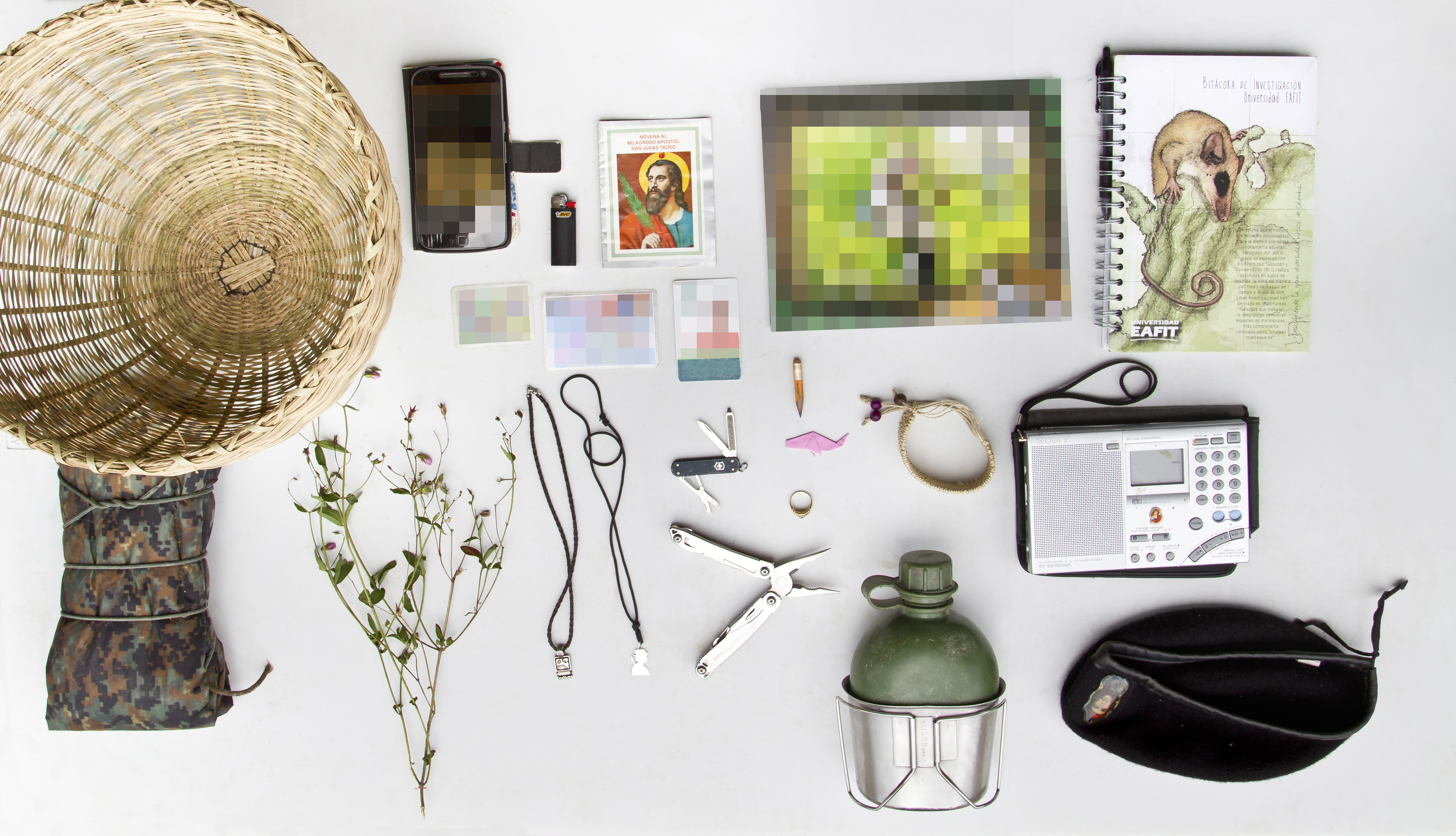

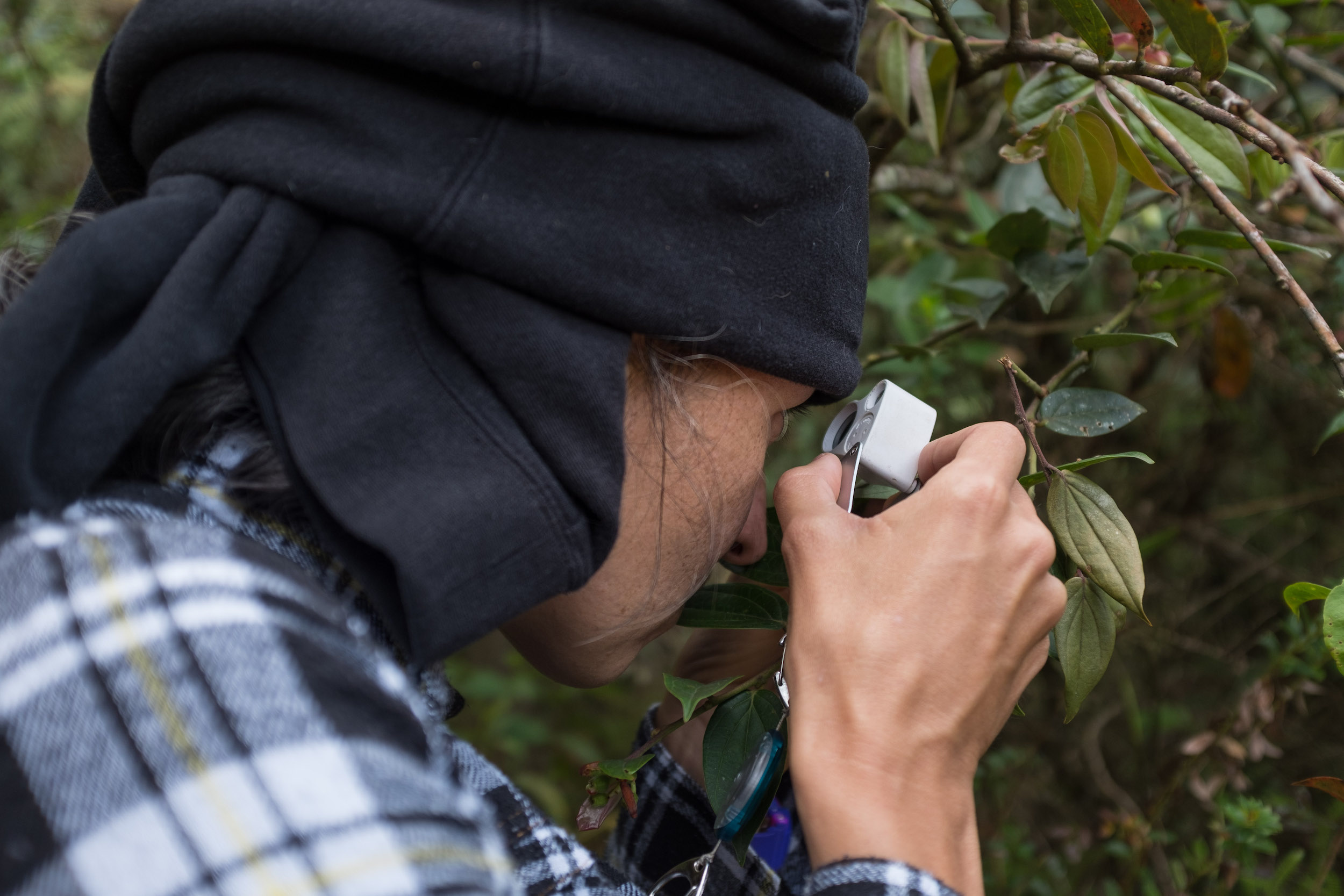


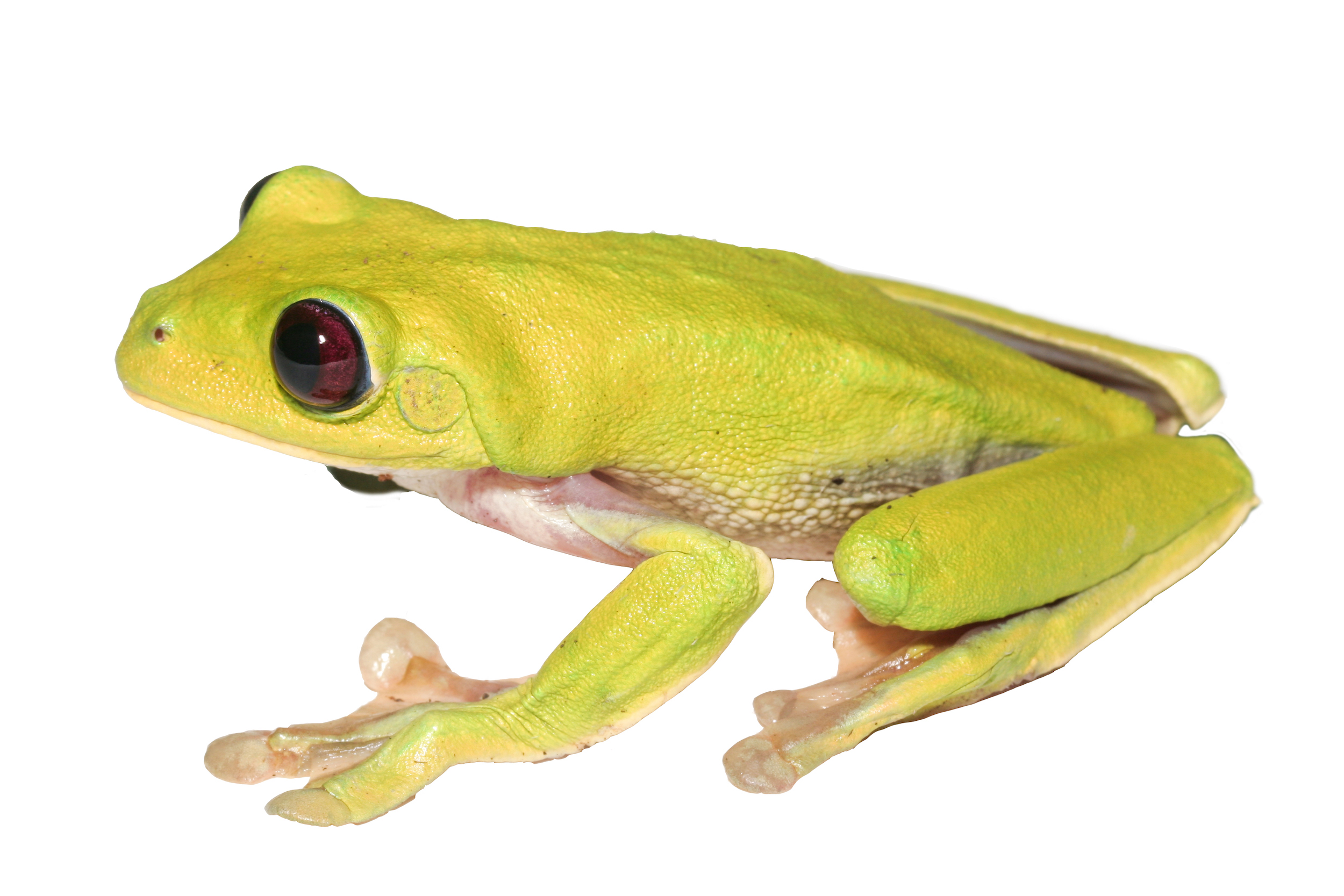


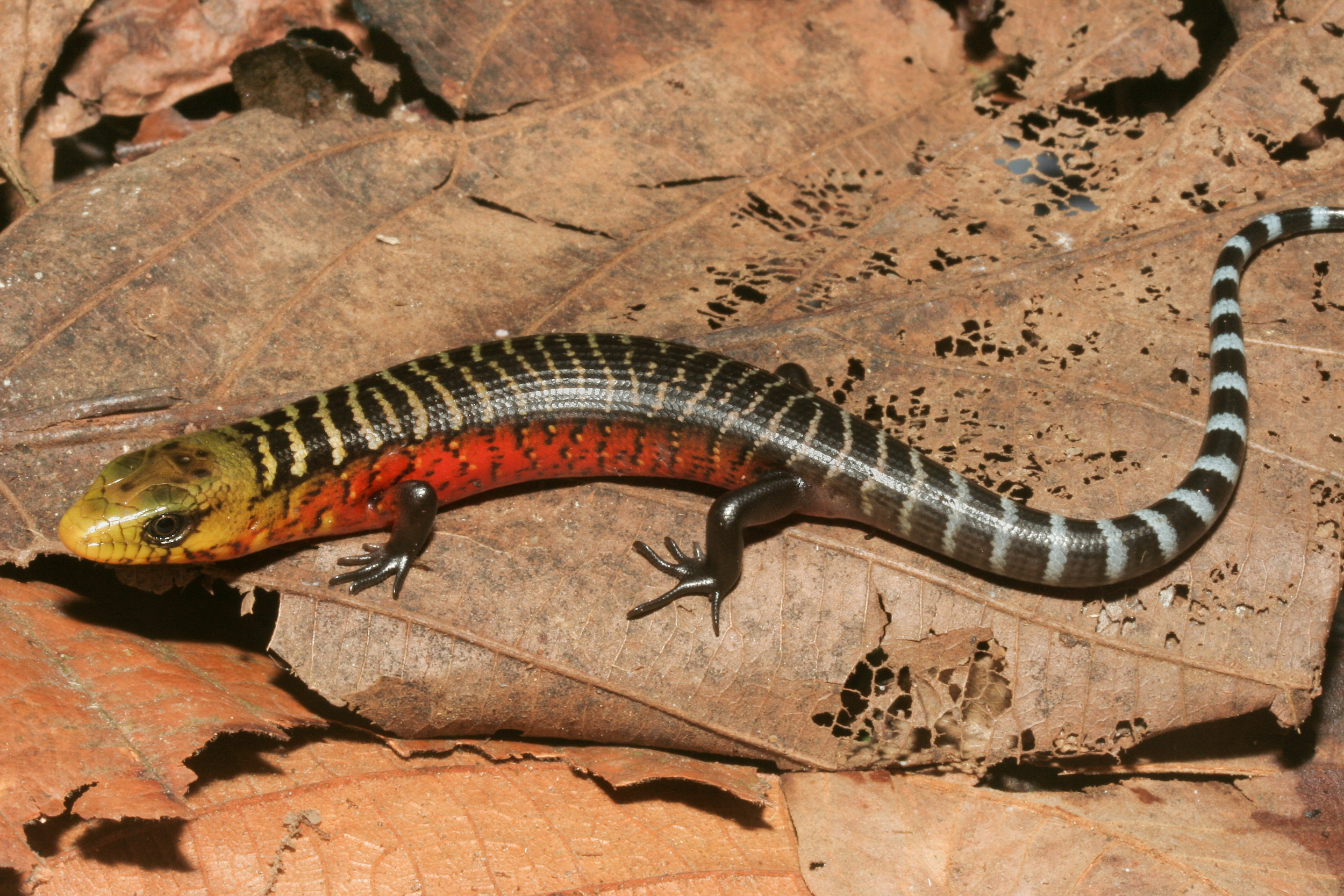





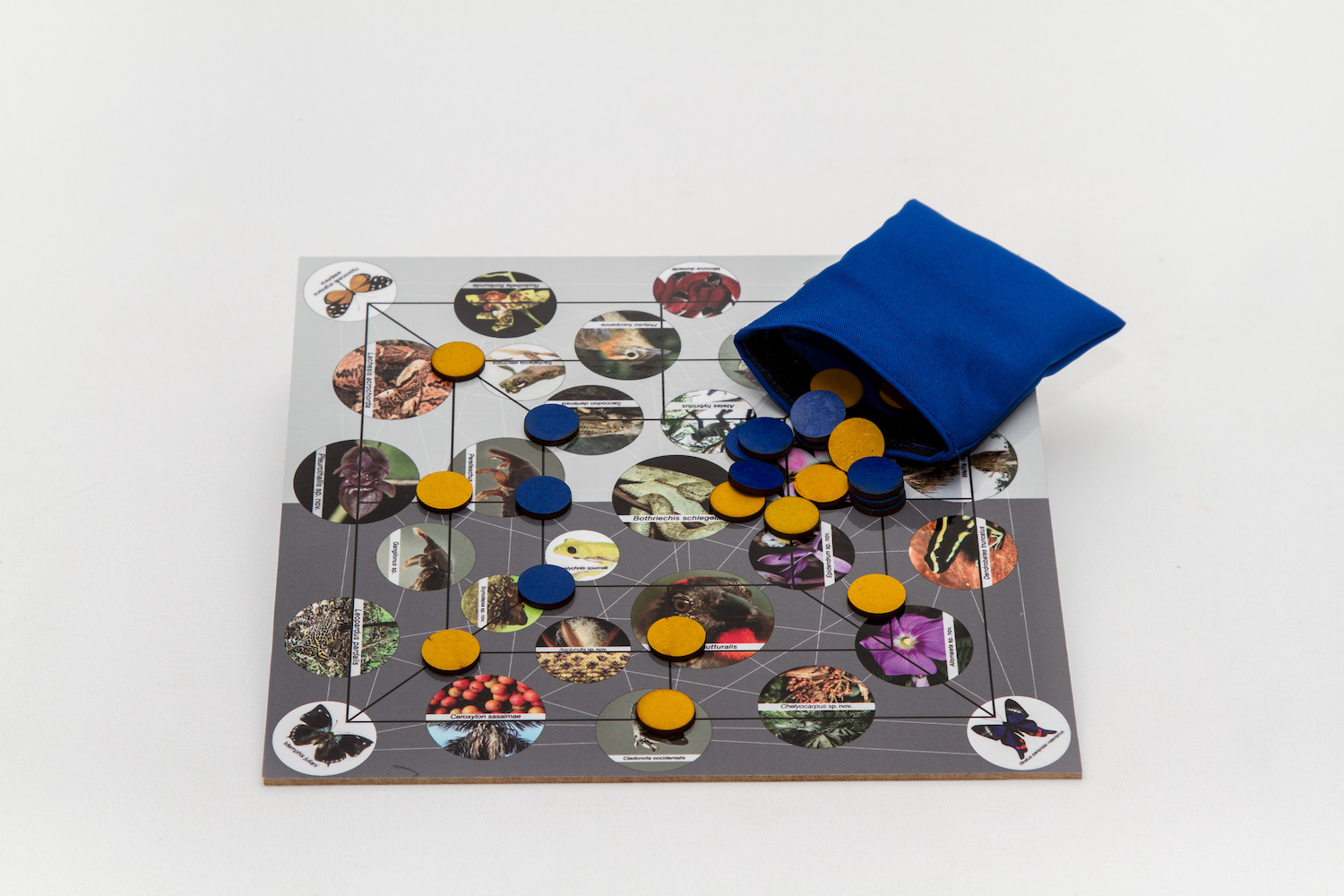

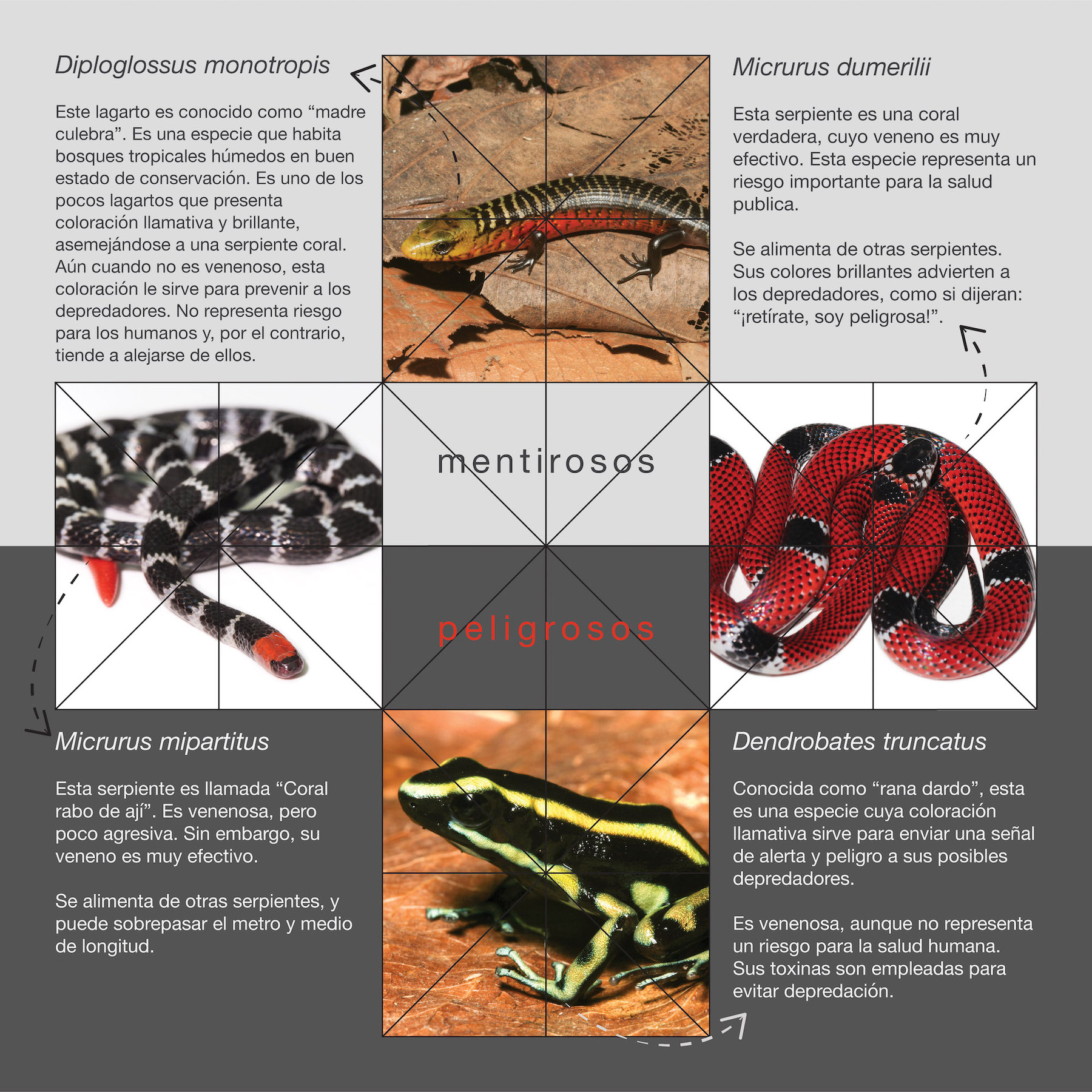






~ Tämä teos on toteutettu Koneen Säätiön ylläpitämän Saaren kartanon taiteilija- ja tutkijaresidenssissä. ~
(2) Cucusonic
El trabajo de Cucusonic se basa en tres temas:
- Ecología de paisajes sonoros: exploramos cómo las señales sonoras pueden promover un cambio de percepción en las personas, de forma que ellas puedan apreciar a animales como los murciélagos o las ranas como seres vivos con capacidades sonoras extraordinarias, en lugar de verlos simplemente como animales despreciados o peligrosos.
- También buscamos construir una línea de base con información acústica en las áreas en las que trabajamos, reconociendo la interdependencia y los beneficios que los humanos reciben de la naturaleza.
- Grabación ‘dialógica’: se trata de registrar las diversas formas en que los humanos conocen el mundo a través de los sonidos ambientales y de trabajar de manera colaborativa con las personas locales.
La idea detrás de Flying Bats es investigar las capacidades de grabar, compartir y escuchar paisajes sonoros tanto en el espectro sónico (frecuencias <20 kHz) como en el ultrasonido (frecuencias >20 kHz) para apreciar los entrelazamientos más allá de lo humano.
Esta pieza está dividida en tres secciones. Durante los primeros 25 segundos, introduzco un paisaje sonoro editado con grabaciones en el espectro sónico. Luego, la pista evoluciona hacia música experimental, creada en colaboración con Carlos Restrepo, utilizando ruidos tanto sónicos como ultrasónicos. En la parte final (a partir de 1’40”), presento una composición del bosque hecha completamente con grabaciones ultrasónicas; para hacer que estos sonidos sean completamente audibles para los humanos, la velocidad se ha reducido para que la frecuencia de muestreo declarada coincida con 44.1 kHz.
Las siguientes son algunas de las especies de murciélagos cuyas llamadas ultrasónicas aparecen en la pieza sonora: Eumops bonariensis, Lasiurus blossevillii, Lasiurus ega, Molossus molossus, Myotis riparius, Promops centralis y Tadarida brasiliensis.
Todas las grabaciones se realizaron en un bosque lluvioso andino en Colombia. Agradezco a Ana Gómez, Juan Camilo Arredondo, Danny Zurc, Rupert Cox y Jorge Medina por su amable apoyo.
Este trabajo se realizó como parte de la residencia artística en la Saari Residence, mantenida por Kone Foundation. [Tämä teos on toteutettu Koneen Säätiön ylläpitämän Saaren kartanon taiteilija- ja tutkijaresidenssissä].
(2) Cucusonic
The work of Cucusonic is based on three themes:
- Soundscape ecology: we explore how sound signals can promote change in people to appreciate animals like bats or frogs as living beings with extraordinary sonic capabilities, rather than simply seeing them as despised or dangerous animals.
- Constructing an acoustic baseline of an area, while acknowledging the interdependence and benefit humans receive from nature.
- Recording ‘dialogically’: This is about recording the various ways humans have of knowing the world through environmental sounds and of working collaboratively with local people.
Flying Bats
The idea behind 'Flying Bats' is to investigate the capacities of recording, sharing and listening to soundscapes in both the sonic (<20 kHz frequencies) and ultrasonic (>20 kHz frequencies) spectrums to appreciate more-than-human entanglements.
This piece is divided into three sections. During the first 25 seconds I introduce a soundscape edited using recordings in the sonic spectrum. The track then evolves into some experimental music, created in collaboration with Carlos Restrepo using both sonic and ultrasonic noises. In the final part (from 1’40’’ onwards), I present a forest composition entirely made with ultrasonic recordings—in order to make these sounds completely audible to humans, the speed has been slowed down so that the declared sampling rate matches 44.1 kHz.
The following are some of the bat species whose ultrasonic calls are featured in this track: Eumops bonariensis, Lasiurus blossevillii, Lasiurus ega, Molossus molossus, Myotis riparius, Promops centralis and Tadarida brasiliensis.
All recordings were made in an Andean rainforest in Colombia. I thank Ana Gómez, Juan Camilo Arredondo, Danny Zurc, Rupert Cox and Jorge Medina for their kind support.
This work was done as part of the artist residency at the Saari Residence, maintained by Kone Foundation [Tämä teos on toteutettu Koneen Säätiön ylläpitämän Saaren kartanon taiteilija- ja tutkijaresidenssissä].




Bioacoustic Data
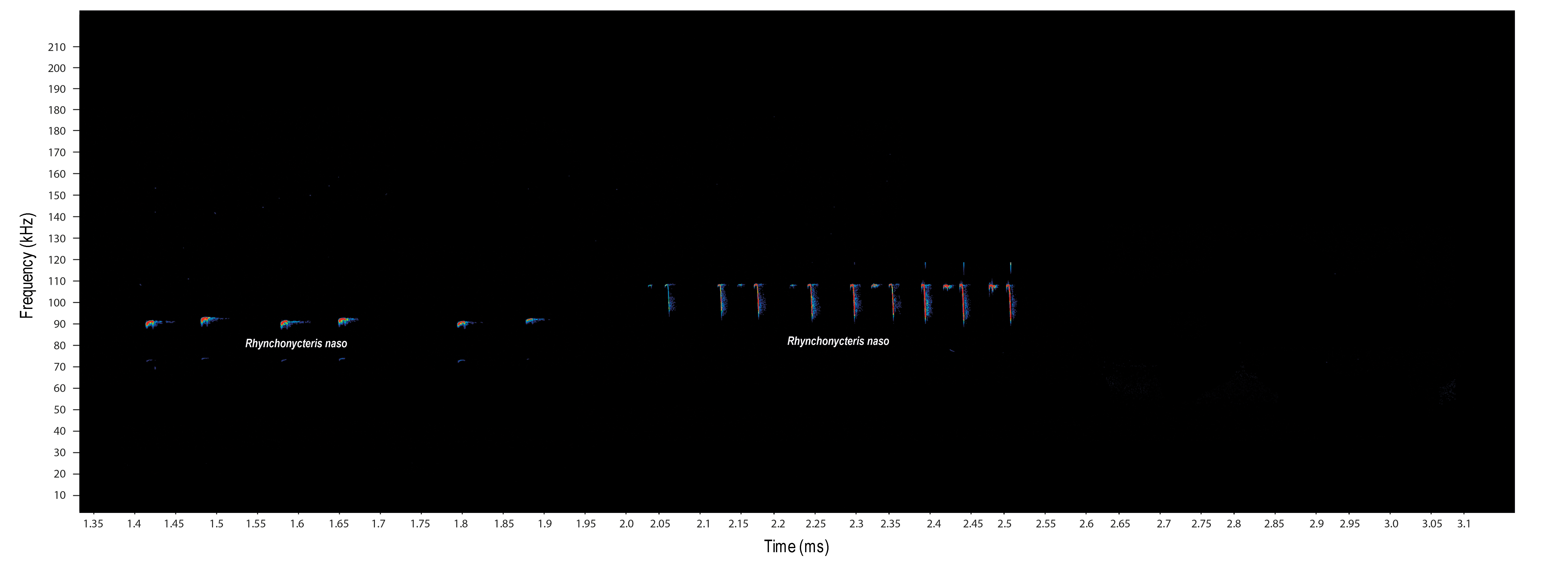
Bat sound signals appear to be divided into three phases: search, approach and terminal phase (this latter one also called ‘feeding buzz’).
Narratives
Miguel Portura, an indigenous birdwatching naturalist guide in the Colombian Amazon (please listen to this 30-second edited version in native Tucanoan language).
You are listening to Miguel’s story of the 'potoos', a family of birds people in Colombia call 'bienparaos'. This name means 'standing properly/well'. Given that these birds perch on top of broken sticks, they appear to be 'looking at the sky'.
Miguel recently found a Rufous Potoo near his community during this Covid lockdown. This is the very first record of this species for Mitú locality, and one of the very few confirmed records of this nocturnal mega bird for the country… Miguel will be publishing a short note about this in a scientific journal soon.
Climate Change and Global Warming





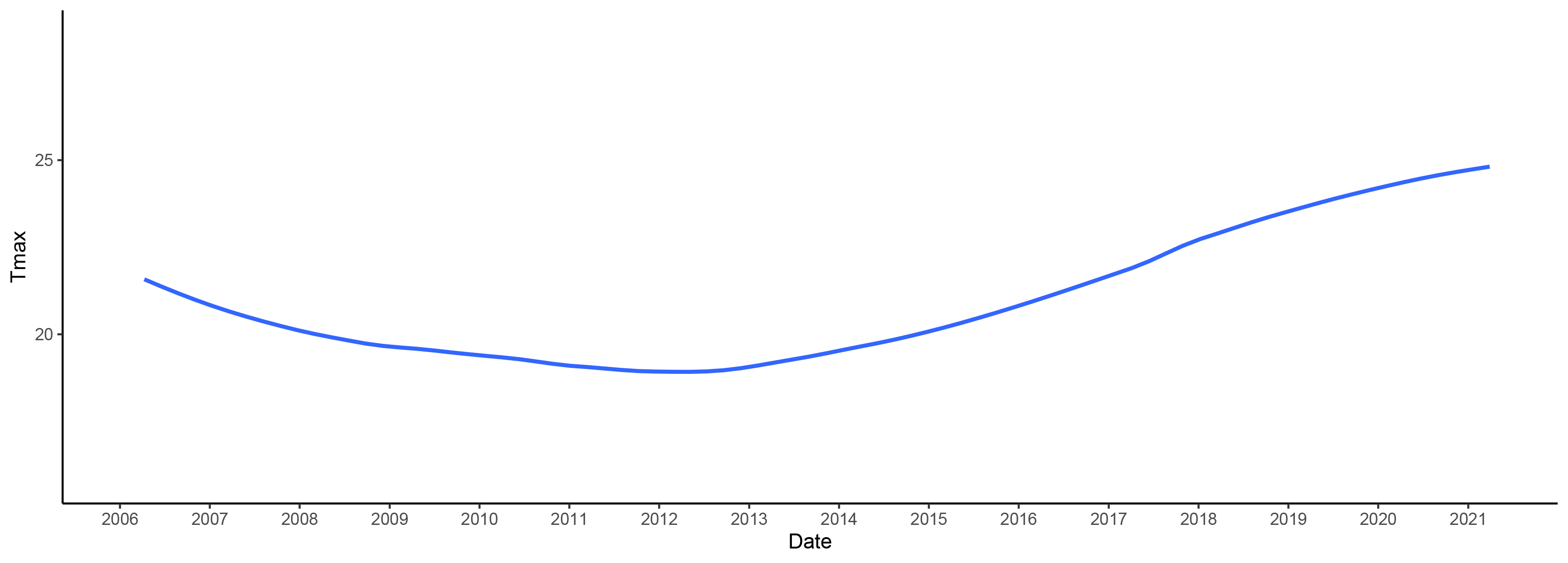
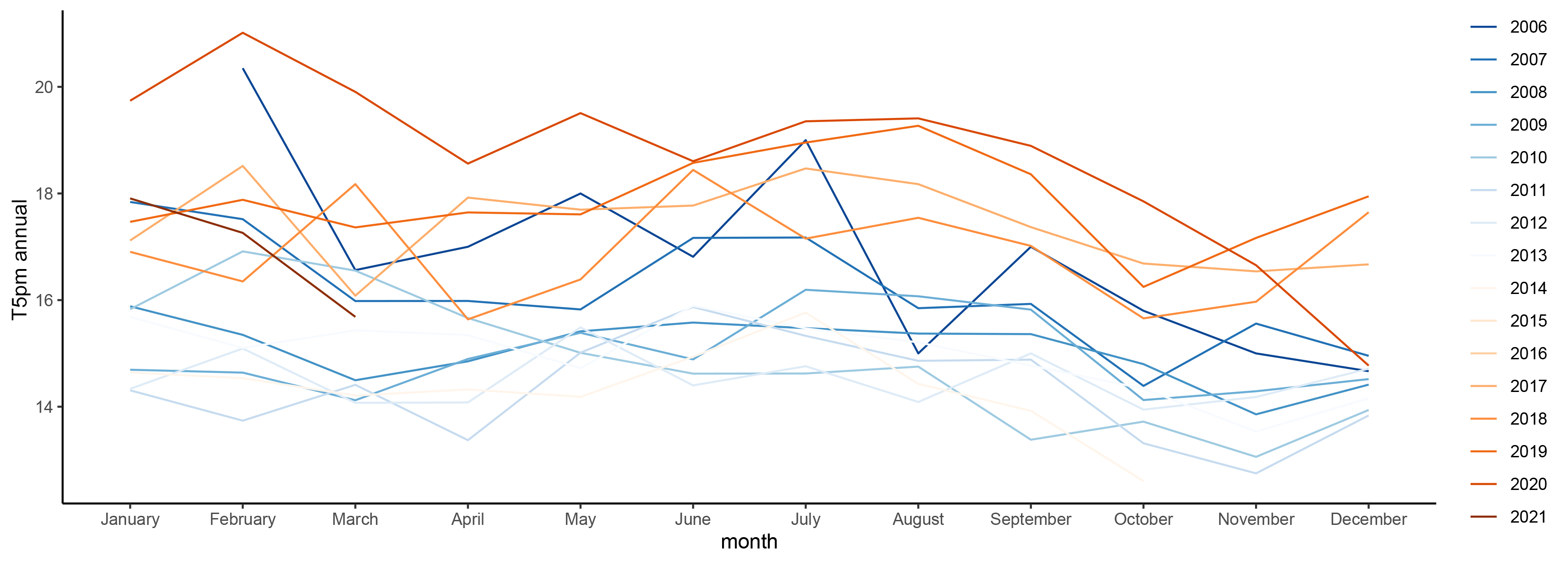
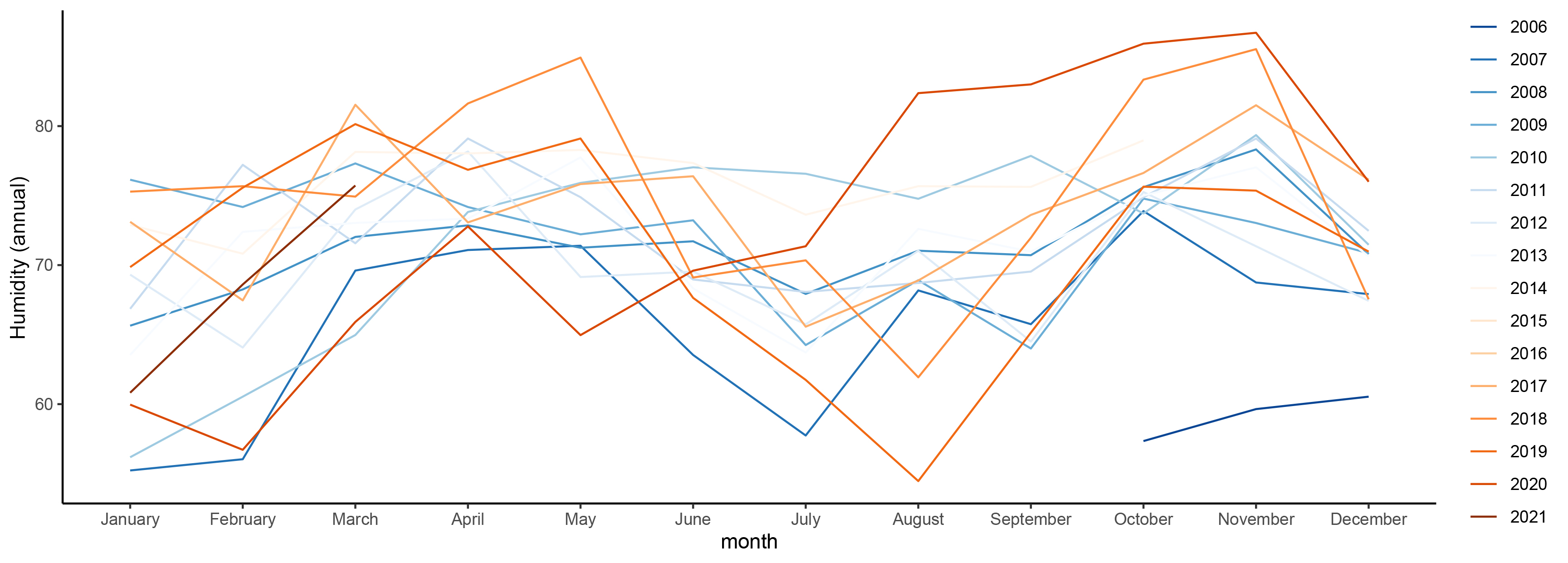
Music
Este trabajo se realizó como parte de la residencia artística en la Saari Residence, mantenida por Kone Foundation.
Tämä teos on toteutettu Koneen Säätiön ylläpitämän Saaren kartanon taiteilija- ja tutkijaresidenssissä.
This work was done as part of the artist residency at the Saari Residence, maintained by Kone Foundation.
Tämä teos on toteutettu Koneen Säätiön ylläpitämän Saaren kartanon taiteilija- ja tutkijaresidenssissä.
